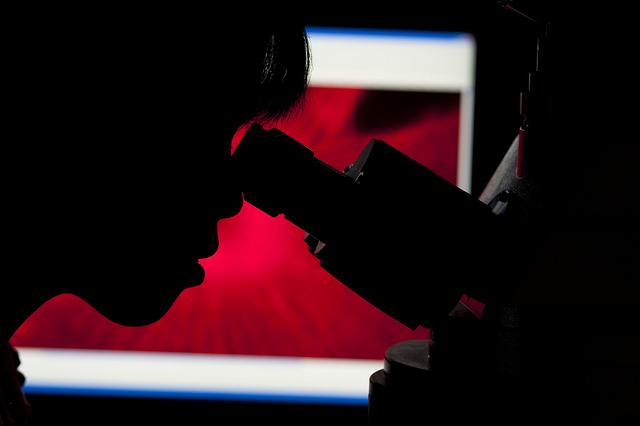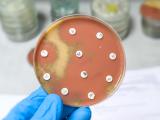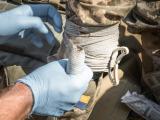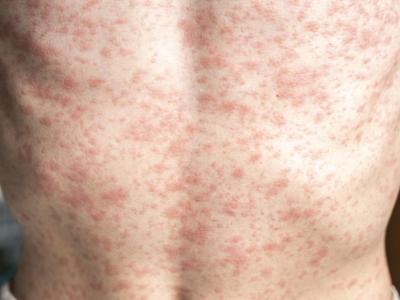In Michigan, funding from the US Centers for Disease Control and Prevention (CDC) helped 40 healthcare facilities reduce incidence of carbapenem-resistant Enterobacteriaceae (CRE) by 30% and prevented more than 300 infections.
In Iowa, CDC funds helped state public health officials identify and rapidly contain an enzyme that can make bacteria resistant to last-resort antibiotics.
Texas used the money to place antibiotic resistance epidemiologists across the state.
Those are just a few of the 170 success stories from fiscal year 2017 that the CDC is reporting today in an update to its Antibiotic Resistance Investment Map, an online tool that tracks investments the agency has made in state efforts to combat the emergence and spread of drug-resistant bacteria. The funds, which are provided through the CDC's Antibiotic Resistance Solutions Initiative (ARSI), include money for state and local public health laboratories to help identify and track drug-resistant pathogens and for healthcare-associated infection prevention programs to curb the spread of these microbes in hospitals.
"This interactive map showcases the work happening on the frontlines of every state and CDC's commitment to keep people safe from drug-resistant infections," CDC Director Brenda Fitzgerald, MD, said in an agency press release.
Enhanced testing, surveillance
Since 2016, the CDC has provided $144 million to 56 state and local health departments to address the threat of antibiotic resistance. This is the first report on what states and cities have been doing with the money. Among other highlights, 38 states and two cities can now use whole-genome sequencing, a form of molecular testing that looks at the entire genetic blueprint of an organism, to monitor for outbreaks and identify antibiotic resistance in pathogens that are commonly transmitted through food and animal contact, including Listeria, Salmonella, Campylobacter, and Escherichia coli, the CDC said.
The money has also helped fund a network of seven regional labs with the ability to rapidly detect and identify emerging antibiotic resistant threats using the latest molecular testing technologies. With the more than $2 million provided by the CDC in 2017, the New York regional lab was able to perform specialized testing that helped detect the emerging drug-resistant fungus Candida auris, which is difficult to identify using standard laboratory methods and is frequently misidentified.
In addition, CDC funding is enabling New York and other states to expand testing for a strain of gonorrhea that is resistant to the last remaining antibiotic treatments. The hope is that this testing will help state and local health departments respond faster and stop the sexually transmitted infection from spreading in high-risk communities.
The CDC has invested an additional $76 million in more than 60 universities and healthcare partners to find innovative ways to prevent drug-resistant infections and contain their spread.
The big question, however, is whether the agency will be able to maintain this level of funding for antibiotic resistance activities going forward. President Trump's fiscal year 2018 budget, released in May, proposed a $22.7 million (14%) cut to the ARSI, among other cuts to antibiotic-resistance related projects. Infectious disease experts have warned that these cuts could diminish the nation's surveillance capacity and undercut US leadership in global efforts to tackle antibiotic resistance.
See also:
Jan 10 CDC press release






















